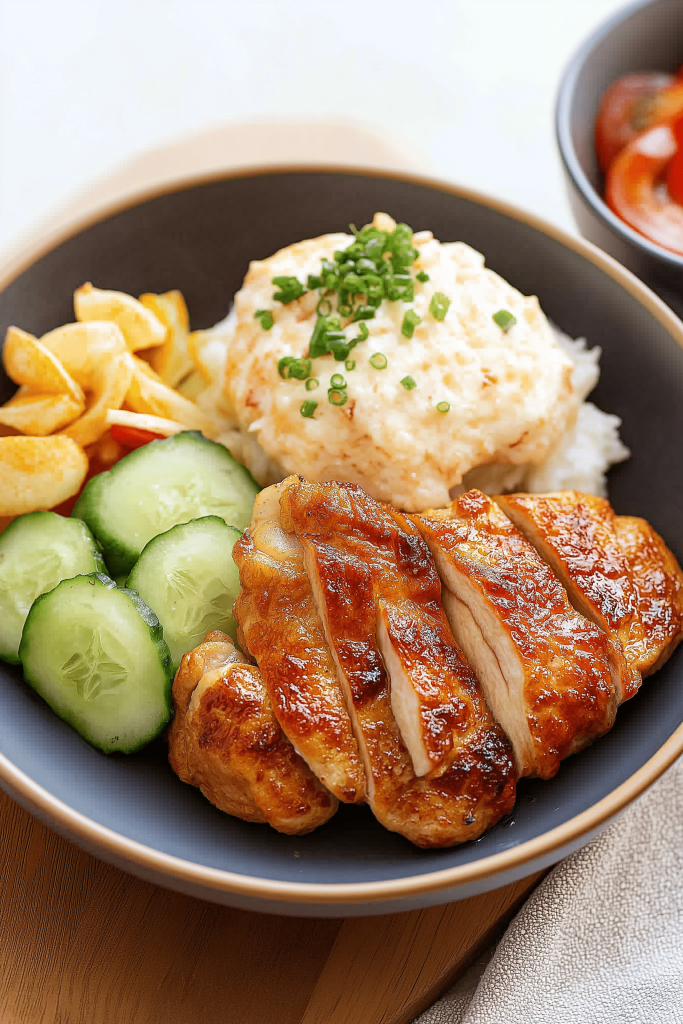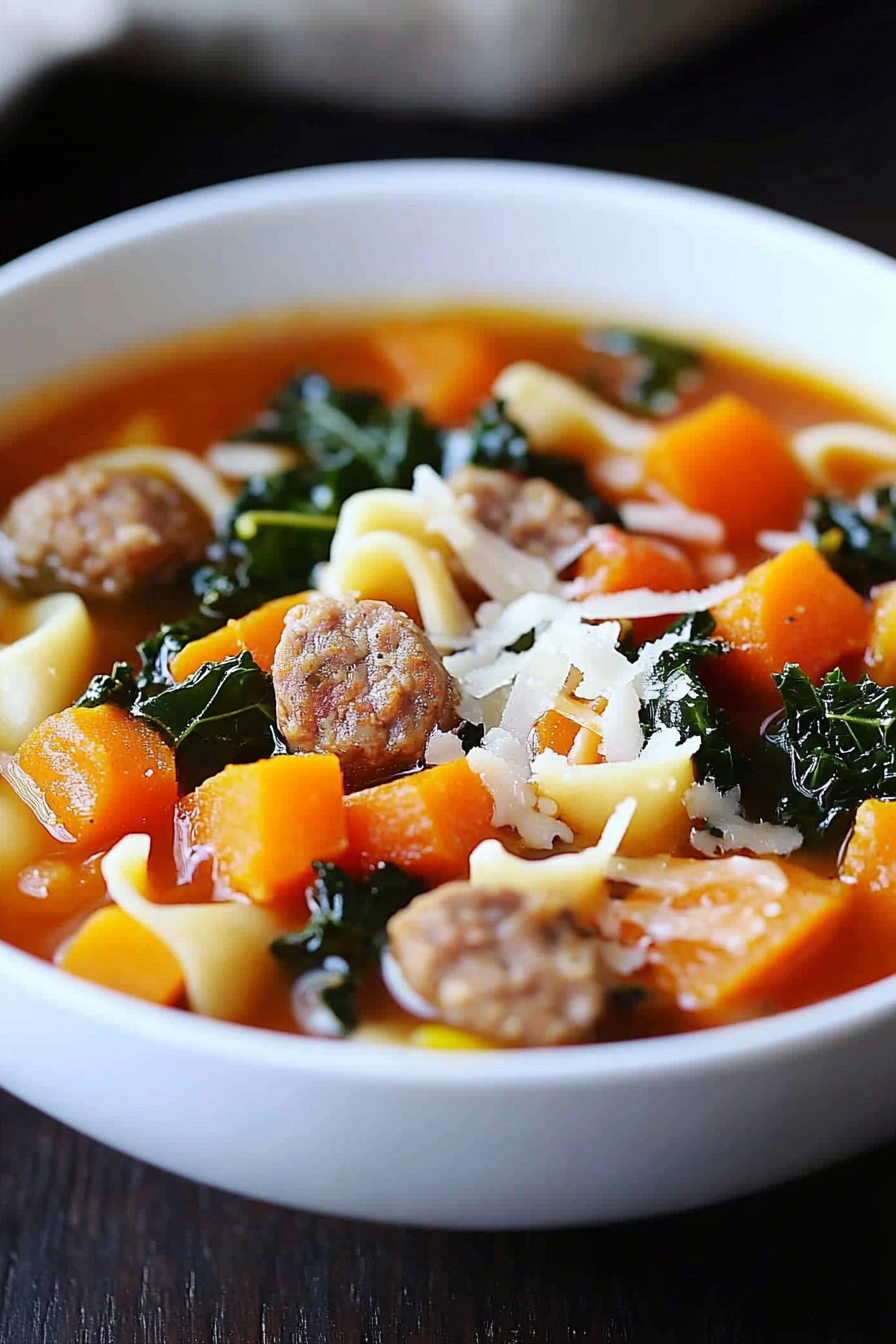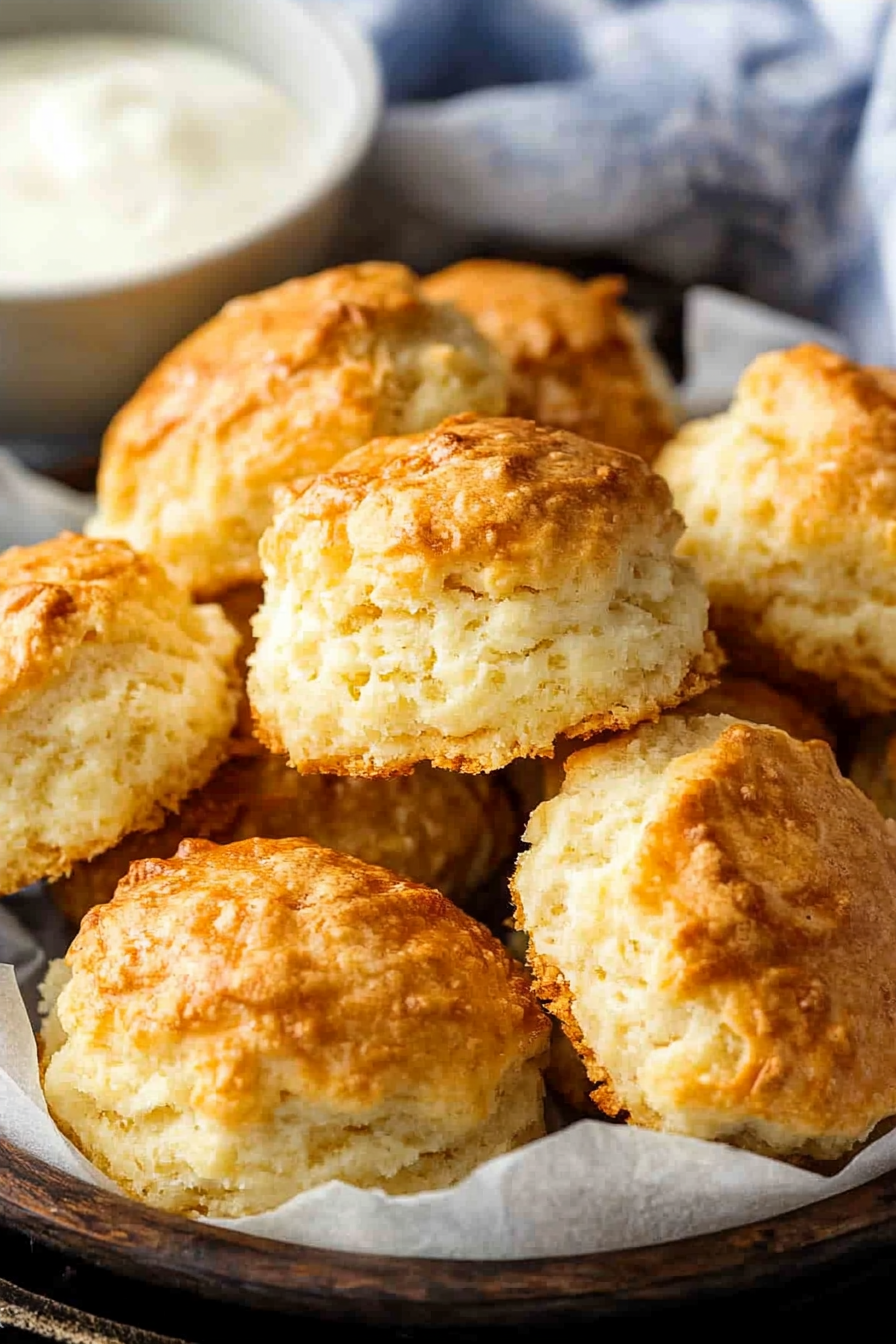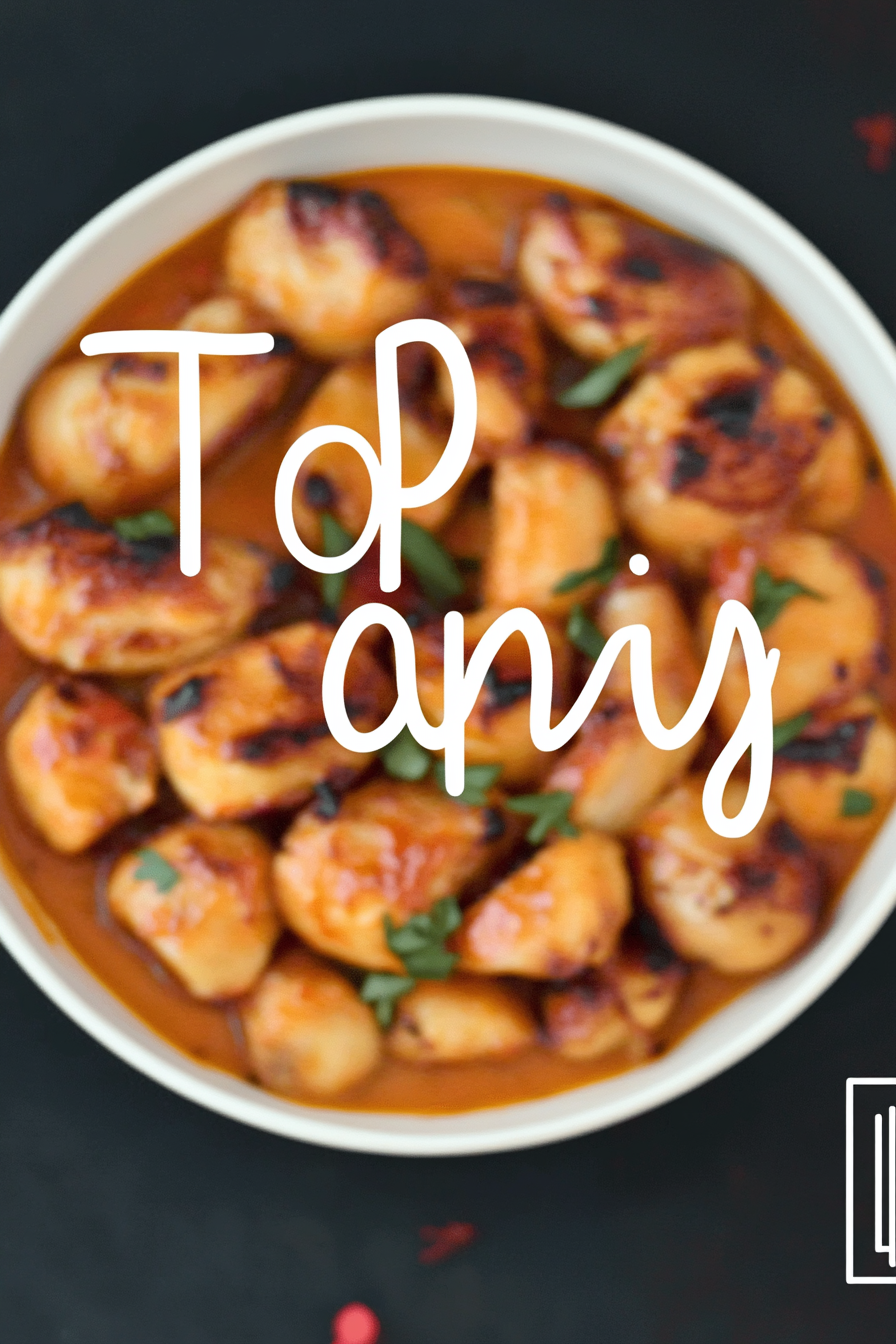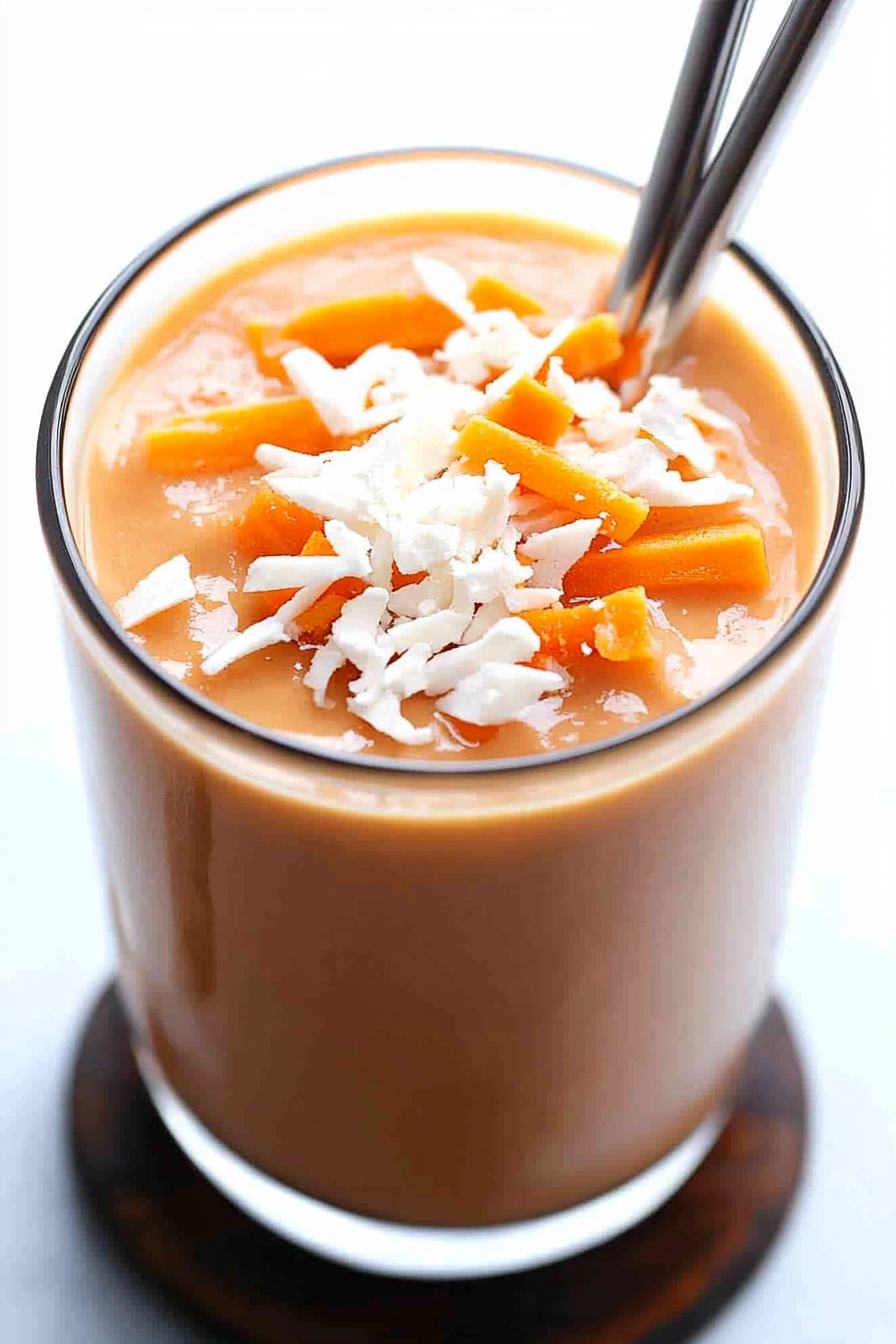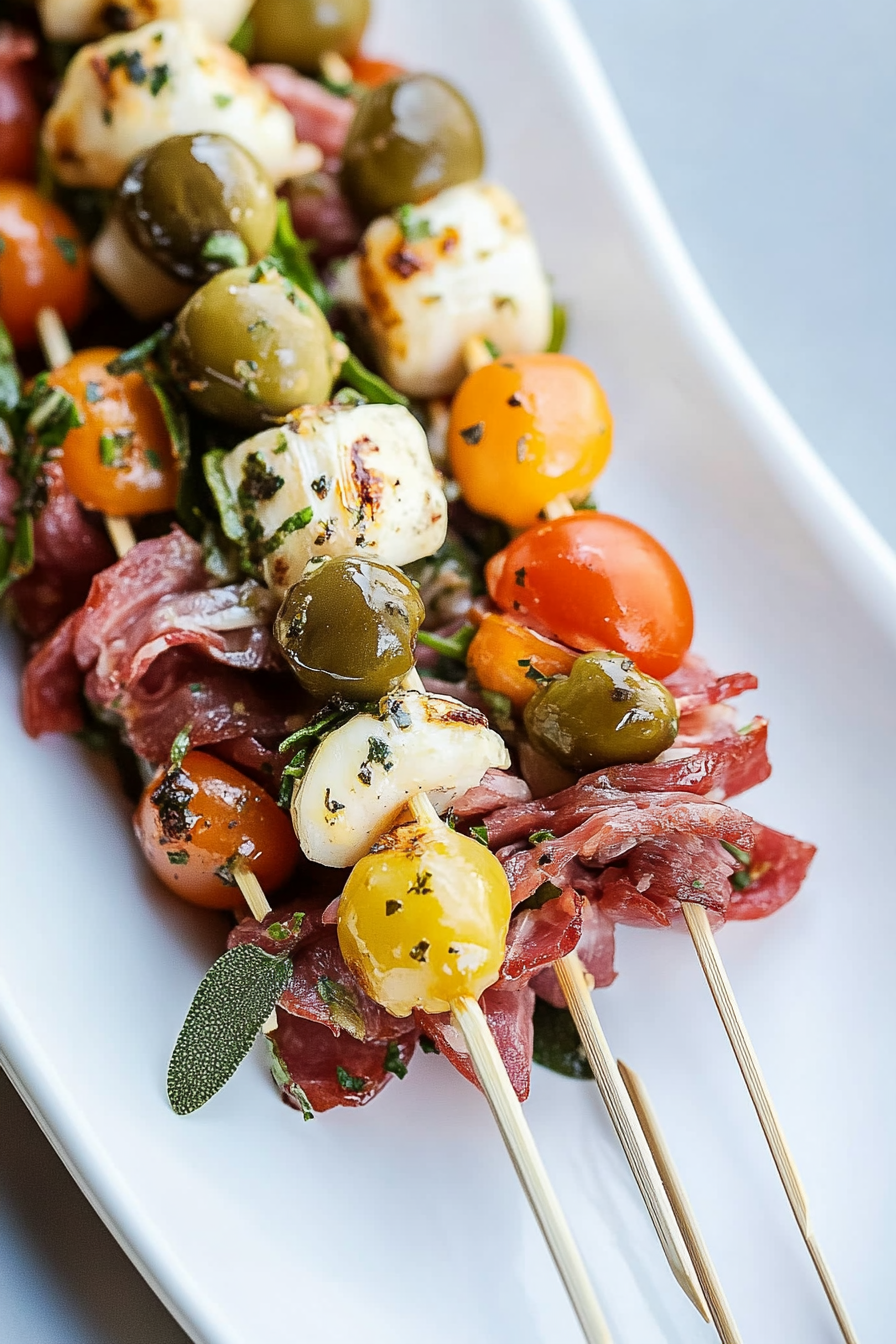As someone who loves food and writing, I’ve tasted dishes from all over. Yet, Chicken Nanban stands out. It’s a Japanese dish with Crispy Chicken soaked in a tangy sauce. The dish comes from Miyazaki Prefecture, where they first made this tasty combo of fried chicken and sweet-sour sauce.
By making Chicken Nanban at home, you bring a piece of Asia to your kitchen. This recipe is not just food; it’s a tradition full of flavor. Let’s explore the delicious layers of this popular Japanese dish.
In the 1960s, in Nobeoka city, Chicken Nanban began. It was first made in a Western-style restaurant named “London.” This shows how food can connect different cultures. Now, from Tokyo to Osaka, this dish is loved by many. It can be served with rice or shredded cabbage, showing its versatility.
Chicken Nanban is amazing because of its ingredients. It uses 300 grams of chicken thigh, a fluffy egg batter, and homemade sauce. Plus, tartar sauce with pickled gherkins, hard-boiled eggs, and Japanese mayonnaise makes each bite special. This dish is similar to other Southeast Asian dishes, like Bang Bang Chicken, showcasing Asia’s rich flavors.

Key Takeaways
- Chicken Nanban is a treasured crispy chicken dish with a vibrant tangy sauce, embodying the spirit of Japanese cuisine.
- The dish caters to lovers of marinated chicken, offering an asian inspired twist that stands out on any dining table.
- Our taste journey initiated in the 60s at the London restaurant, symbolizing Nobeoka’s addition to the culinary map.
- Exploring how to make Chicken Nanban reveals a process steeped in tradition, from the careful preparation of each ingredient to the thoughtful presentation.
- Whether served alongside rice, fresh salad, or shredded cabbage, Chicken Nanban is a dive into regional Japanese flavors, complete with a sweet and sour sauce and the optional yet delectable tartar sauce.
- The dish asserts its place as a staple, not just in Miyazaki but across Japan, signifying the importance of regional dishes in a nation’s cuisine.
- Each component, from the choice cut of the chicken to the distinct nanban sauce, brings an unmatched taste experience straight from Japan to your plate.
The Unique Origins of Chicken Nanban
Chicken Nanban is a traditional Japanese dish with a rich history. It came from the meeting of Japanese and Portuguese cultures. It started in Miyazaki Prefecture and is a mix of East and West culinary arts. Portuguese cuisine played a big role in this mix during a key time for Japanese food.
A Culinary Influence from Portugal to Japan
Chicken Nanban began with Portuguese traders in the 16th century. They brought new cooking ways and flavors to Japan. Among these was sweet and sour cooking, crucial in making Nanban dishes. This style blended into Japanese cooking, creating the unique Chicken Nanban.
The Nanban sauce’s sweet and tangy taste clearly shows the Portuguese impact. It is inspired by Portugal’s ‘escabeche’. This sauce is vital not only to Chicken Nanban but to Tempura and Castella cake too. It greatly enriched Japan’s food history.

Miyazaki Prefecture: The Birthplace of Chicken Nanban
Miyazaki Prefecture on Kyushu island is where Chicken Nanban came from. In Nobeoka city, what was once a simple Comfort Food became a culinary symbol. The city is home to about 80 stores, each offering their version of this dish. They add their personal touch, reflecting their cooking style.
This dish is a perfect example of local tastes. It also shows the big influence of Portuguese culinary traditions on Miyazaki’s cuisine.
What Exactly is Chicken Nanban?
When you think of Japanese food, sushi or ramen might come to mind first. But Chicken Nanban is a traditional fried Chicken Recipe that offers something different. It comes from Miyazaki Prefecture in southern Japan. This dish is loved for its juicy taste and the sweet and sour flavors in the nanban sauce.
Chicken Nanban is not your regular fried chicken. It uses thigh meat, making it tender. The meat is coated in flour and egg, then fried till golden. What makes it special is the marinating step after frying. The chicken bathes in nanban sauce made from soy sauce, mirin, and rice vinegar. This step fills the chicken with a unique, zesty taste that is both refreshing and rich.
| Ingredient | Quantity | Description |
|---|---|---|
| Chicken thighs | 1 lb (500g) | Preferred for their juiciness and flavor |
| All-purpose flour | 1/3 cup | Used for coating |
| Eggs | 1 | Lightly whisked, for coating |
| Vegetable oil | Approx. 2 cups (500ml) | For deep frying the chicken |
| Nanban sauce components | N/A | Soy sauce, Japanese rice vinegar, sugar, mirin, and birds eye chili |
| Prep & Cook Time | 40 mins | Includes marinating and frying |
| Servings | 4 | Perfect for a family meal |
Chicken Nanban is usually served with a generous amount of tartar sauce on top. This sauce has Kewpie mayonnaise, boiled eggs, and chopped onions, balancing the nanban sauce’s tangy flavor. The dish often comes with cabbage, cucumber slices, or cherry tomatoes. These add a crunchy texture to the meal.
Chicken Nanban is a standout in Japanese food because it mixes different tastes and textures so well. It’s crispy, creamy, sweet, and tangy. This dish shows how modern Japanese cuisine blends various culinary traditions. It’s a must-try for anyone looking to explore beyond common dishes.
Distinguishing Chicken Nanban from Other Fried Chicken Versions
Exploring Japanese fried chicken shows us the unique world of Flavors. When we look at Chicken Nanban and Karaage, we see they’re different even though both are crispy chicken types. Chicken Nanban stands out with its vinegar sauce and tartar sauce.
Chicken Nanban, from Miyazaki, is not like the well-known Karaage. It has a short marinating time and uses fluffy egg batter. This difference makes Chicken Nanban’s texture different from Karaage’s. Karaage is crispy because it’s marinated, coated in starch, and fried without egg.
The key to Chicken Nanban is its vinegar sauce. After frying, the chicken is dipped in this sauce, which adds a tangy sweetness. This sets it apart from Karaage’s simple taste. Also, Chicken Nanban has tartar sauce on top, adding creaminess that Karaage doesn’t have. This mix of flavors and textures makes Chicken Nanban special in Japanese food.
Knowing how Chicken Nanban and Karaage differ helps us appreciate Japanese culinary diversity. While both have their place, Chicken Nanban’s special sauces offer a unique flavor. This makes it different from other Crispy Chicken dishes worldwide.
Decoding the Deliciousness: Nanban Sauce
In the world of Japanese food, don’t miss out on Nanban sauce. It’s key to Chicken Nanban, turning ordinary fried chicken into something extraordinary. Its sweet and sour taste really stands out. This complexity comes from the fusion techniques the Portuguese brought during the Nanban trade. This has greatly affected Japanese cooking.
The Blend of Sweet and Sour
Nanban sauce is a perfect mix of sugar and rice vinegar. It creates a sweet and sour flavor that’s just right for crispy chicken. It often includes onions and carrots too. These add a nice crunch that’s different from the chicken’s tenderness, making every bite enjoyable.
Influences from the Nanban Trade Era
The word ‘Nanban’ means ‘southern barbarian’ and was used for Europeans who came to Japan in the 16th century. They brought their cooking styles. This led to asian fusion dishes like Nanban sauce. It mixes Japanese flavors with Western boldness. The sauce doesn’t just improve Chicken Nanban. It’s also loved in many other Japanese dishes, showing the adaptability of Japanese cuisine.
Nowadays, Nanban sauce is used in a variety of dishes, making it important in both old and new Japanese food scenes. This savory sauce wins the hearts of food lovers worldwide. It stands as a tasty symbol of history, culture, and creativity.

The Role of Tartar Sauce in Chicken Nanban
The Japanese tartar sauce in my Chicken Nanban is not just an extra. It’s the key sauce that blends all the flavors. It offers a creamy contrast to the vinegar-infused chicken marinade. This sauce takes the dish from plain fried chicken to a complex, asian inspired meal.
A Perfect Creamy Contrast
Every bite of Chicken Nanban brings the creamy sauce and tangy nanban sauce together perfectly. The sauce uses kewpie mayonnaise, pickles, and a touch of lemon. It softens the marinade’s acidity with its creaminess. This makes the chicken’s crispy outside even more enjoyable.
The mix of crunchy chicken and smooth tartar sauce makes this dish stand out. That contrast is what separates it from other fried chicken dishes.
How to Make the Ideal Tartar Sauce for Chicken Nanban
To make the best tartar sauce, start with two finely chopped hard boiled eggs. Mix them with creamy kewpie mayonnaise. Then add finely chopped gherkins and a bit of lemon juice for a tangy flavor. This creates a tartar sauce that greatly complements the chicken.
For a comprehensive guide on making this sauce, check this detailed guide.
The tartar sauce does more than add flavor in Chicken Nanban. It’s essential, offering a mix of textures and tastes. It merges Japanese and Western cooking in a unique way. Whether it’s the creaminess or the tang, the right tartar sauce makes Chicken Nanban extraordinary.
Adapting Chicken Nanban for Home Cooking
Bringing Chicken Nanban into your kitchen adds a special touch of Japanese taste to your meals. It’s famous for its sour zest and crispy chicken. As we start, we’ll cover the main ingredients and steps for making Chicken Nanban beautifully.
Ingredients You’ll Need
First, collect the basic ingredients for Chicken Nanban. You need 300 grams (10 oz) of chicken thigh, with skin and boneless. It stays juicy when cooked. For the marinade, mix 2 tablespoons of light soy sauce and 1 tablespoon of rice wine to enhance the flavor. To get the crispy texture, coat the chicken in 4 tablespoons of corn starch. Heat the cooking oil to 180 degrees C (350F) for the best frying. Don’t forget the tartar sauce: mix 1/2 tablespoon of capers, 1 finely chopped gherkin, and 4 tablespoons of creamy Japanese mayonnaise like Kewpie for a beautiful taste.

Step-by-Step Cooking Guide
Marinating the chicken is key: soak it in soy sauce and rice wine for at least an hour. This adds deep flavors and softens the meat. Then, heat your oil to a consistent 180 degrees C (350F) for the perfect golden crust.
- Coat the Chicken: Completely cover your marinated chicken in corn starch. This is crucial for the super crispy layer that makes Chicken Nanban so good.
- Frying Perfection: Cook the chicken in the hot oil. Keep it there until it turns golden and is cooked through, which should take about 6-8 minutes.
- Tartar Sauce Prep: As the chicken cools, mix the tartar sauce ingredients. The smooth Kewpie mayonnaise combined with capers and gherkin creates A Delicious sauce.
- Serving: Serve the hot crispy chicken with your tartar sauce. You can add hot jasmine rice for a complete meal.
Making Chicken Nanban at home is a fun journey for those who love fried chicken recipes. It’s a way to learn about Japanese food and make crispy chicken like the restaurants. For tips on frying perfectly, check out this link. It covers the right oil to use and how to control the temperature.
In summary, Chicken Nanban is not just any fried chicken dish; it’s a chance to dive into genuine flavors and textures, right from your kitchen.
chicken nanban : Why It’s a Must-Try Dish
Chicken Nanban blends different tastes and cultures in a unique way. It shows the heart of Japanese cooking and its worldwide love. This dish from Miyazaki Prefecture has won hearts globally. It’s loved for its sweet and sour taste and creamy tartar sauce.
Versatile Serving Options
Chicken Nanban can be enjoyed in many ways. It can be the star of a meal with rice, tucked in a bento box, or in a teishoku set. It matches well with simple or fancy sides, offering a mix of comfort and fine dining.
The Enduring Popularity in Japan and Beyond
Chicken Nanban is loved for its mix of Japanese and Portuguese flavors. This blend makes it popular in Japan and around the world. It’s a favorite at food festivals and restaurants. The dish is not just tasty but also shares a story of culinary history.
Side Dishes and Pairings for Chicken Nanban
Side dishes and pairings are key for a meal like Chicken Nanban. Traditional Japanese sides like miso soup and pickles match well with its tangy taste. On the other hand, asian fusion sides add a fun twist to the dish.
Selecting the Perfect Accompaniments
I always choose miso soup when I make Chicken Nanban. Its rich flavor goes well with the crispy chicken. Pickles and steamed rice are also great. They make each bite more enjoyable.
Traditional Japanese vs. Modern Sides
Being creative with food is always fun. While traditional sides are great, trying asian fusion adds something new. For example, spicy cucumber salad or Roasted Sweet Potatoes bring a fresh taste. These new sides complete the meal in a unique way.
| Traditional Side Dish | Contemporary Fusion Side Dish |
|---|---|
| Miso Soup | Spicy Cucumber Salad |
| Pickles | Roasted Sweet Potatoes |
| Steamed Rice | Asian Slaw |
From Local Delicacy to International Sensation
As someone who loves international cuisine, I find Chicken Nanban’s journey fascinating. It’s a dish that perfectly combines comfort food with new cooking ideas. Originating from Miyazaki Prefecture, Chicken Nanban has moved beyond its area to become loved globally. It features juicy free-range chicken, a proud product of Miyazaki, and now you can find it in izakaya bars and stores around the world. It has grown from a local family dish to a key part of global cuisine.
In Japan, where local dishes often become famous nationwide, Chicken Nanban is a prime example. It’s a comfort food that reminds people of home, but it also introduces new tastes. The dish’s success shows how Japanese local recipes get known more widely. This popularity fits with Miyazaki’s food events like the Miyazaki Food Fest or the Miyazaki Mango Festival. These occasions display the unique taste and high quality of local ingredients. They attract food lovers everywhere, showing off Miyazaki beef’s tenderness and the sweetness of their mangoes, celebrating the area’s rich food culture.
My food journeys show me how Chicken Nanban went from a local treasure to a global hit. This dish is more than food – it tells the story of how flavors evolve together. Eating Chicken Nanban lets me taste the crispy, tangy, creamy layers and reflects its journey. It blends various influences like Japan’s diverse food history, winning over people worldwide who enjoy its unique taste.

FAQ
What is Chicken Nanban?
Chicken Nanban is a Japanese dish with crispy fried chicken soaked in Nanban sauce. It’s paired with creamy tartar sauce. This dish began in Miyazaki Prefecture, Kyushu, Japan. It combines Japanese and Portuguese cooking styles.
How does Chicken Nanban differ from other fried chicken dishes?
Unlike other fried chickens, Chicken Nanban uses fluffy egg batter and no pre-fry marinade. After frying, it’s dipped in sweet and sour Nanban sauce. A rich tartar sauce tops it off, creating a unique taste.
What distinguishes Chicken Nanban from Karaage?
Karaage is marinated, then fried, without sauce or batter. Chicken Nanban, however, has an egg batter, is soaked in Nanban sauce, and served with tartar sauce. This offers a unique texture and flavor.
What are the key ingredients in Nanban sauce?
Nanban sauce mixes sweet and sour with sugar and rice vinegar. Ingredients like soy sauce, onions, and carrots are added. It’s a blend of flavors from Japan and Portugal’s escabeche.
How is the Japanese-style tartar sauce for Chicken Nanban made?
This tartar sauce is made with pickles, hard-boiled eggs, and Japanese mayonnaise. Add sugar and lemon juice for taste. All mixed together, it complements the tangy chicken perfectly.
Can I make Chicken Nanban at home, and if so, what do I need?
Yes, you can make Chicken Nanban with chicken thigh, eggs, potato starch, and mayonnaise. You’ll need to prepare tartar sauce, fry the chicken, and then soak it in homemade Nanban sauce.
Why has Chicken Nanban become a popular dish internationally?
Chicken Nanban is loved worldwide for its unique combination of flavors. The mix of fried chicken, Nanban sauce, and tartar sauce, along with Japanese cuisine’s rising popularity, has made it widely favored.
What are some ideal side dishes to serve with Chicken Nanban?
Great sides include rice, miso soup, Japanese pickles, shredded cabbage, or salad. You can also try modern sides like fries. These don’t overpower the dish’s rich flavors.
How has Chicken Nanban evolved from its origins?
Starting in Miyazaki, Chicken Nanban has become globally known. Though it’s been adapted in recipe and presentation, it keeps its traditional taste, including the Nanban sauce and tartar sauce.
Featured Comments
“Impressed! Clear steps and absolutely loved results. Perfect for busy nights.”
“New favorite here — restaurant-level. crowd-pleaser was spot on.”
“Super easy and turned out amazing! My family asked for seconds. Saving this one.”
“This sweet treat was absolutely loved — the bright really stands out. Thanks!”
“Made it tonight and wow — absolutely loved! Will definitely make Chicken Nanban: The Crispy, Tangy Japanese Delight again.”
“Packed with flavor and so simple. Exactly what I wanted from Chicken Nanban: The Crispy, Tangy Japanese Delight.”


